I don’t normally write about specific products unless I’ve been asked to.
Everyone has their own opinion about what is best and I’m not so egotistical as to think my opinion is any better than anyone else’s is. Nevertheless, I’m constantly coming into contact with new survival gear, either because companies send me samples to review or I’m finding them on my own.
Interestingly enough, it seems that I see the same products being touted over and over, while other equally good or even better products seem to get ignored. I’m not sure why this happens, but it does. Take the Ferro Rod, for example. I see people pushing Ferro Rods everywhere, yet I personally don’t think much of the Ferro Rod. Perhaps it’s so popular because of the low price, making it a good giveaway item. But as far as I’m concerned, it’s one of the hardest fire starters to use that there is.
To me, any fire starter has to be easy to use, even in inclement weather and dependable. That’s really all I care about. But to be honest, those which accomplish those goals are usually not very budget-friendly. Then again, how much is your survival worth?
I’d like to present to you the following list of survival gadgets for your consideration. They are many of my favorites. I’m not saying that you have to have them in order to survive. Nor am I trying to say that what you have now is inadequate. But each one of them has passed the test, convincing me that are a valuable addition to my personal survival kit or bug out bag; so you might want to consider them for your own.
Please note that I am not trying to promote any particular products or vendors. In those cases where I am linking to particular products, it is for the purpose of demonstrating the product. In many cases, there are multiple vendors selling different versions of the same product.
YoYo Fish Trap – Automatic Fishing Reel
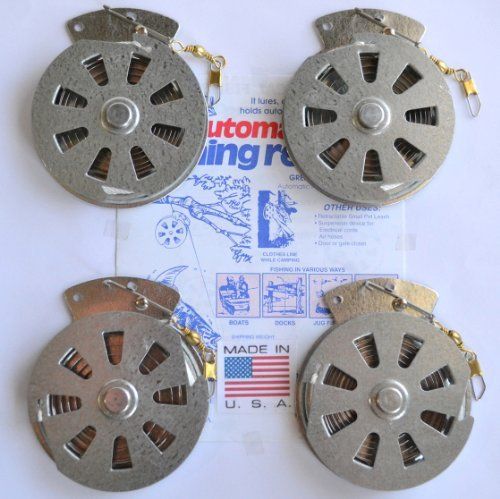
Automatic fishing reels allow you to set bait in the water, leaving it unattended. When fish come along and bite the hook, the ultra-sensitive spring mechanism on the reel pulls in the line, snagging the fish for you. As long as you’ve anchored the reel well, you’ll have a fish waiting for you when you get back. Available in multi-packs, this is probably one of the easiest ways of securing food in the wild.
Biolite Camp Stove
BioLite[1] has developed an interesting camp stove, which will recharge your phone for you as well. The stove develops electrical energy from heat, charging an internal battery. Once charged, you can use the dual USB ports to pull power off to recharge your phone or other electronic devices. This can provide a nearly endless source of electrical energy for a cell phone or rechargeable flashlight.
Esbit Stove
The Esbit stove is made in Germany, using surprisingly old technology. The hexamine fuel tablets that power this stove have been around since before World War II. Originally used for heating C-Rations and their German equivalent, these tablets, along with the folding stove that uses them, ensure that you will always have the ability to start a fire, even if there is no fuel available. Lightweight and compact, there is no other stove quite like them. The only drawback is that the hexamine won’t light from a sparker, like a Ferro Rod, you need a flame to ignite them.
Portable Hydropower Generator
There are a couple of different brands of these available; most notably the WaterLily[2] and the Estream (which is still on Kickstarter). They are compact, lightweight hydropower stations, that you can dump into any convenient stream to generate electrical power for your portable electronic devices. While not an absolute necessity for survival, being able to power your cell phone can make a huge difference.
FiveJoy Military Folding Shovel
I’m using this brand name mostly because I was able to find it, but this shovel is also available in other brands than the FiveJoy[3] brand. There are a couple of outstanding things about this shovel, over any other camping or military shovel I’ve seen. First of all, it’s longer, with a heavier-duty construction. If you have to do some serious digging, like making an outhouse or burying the bodies, this shovel is heavy-duty enough to do it; I’m not so sure about the others I’ve used. On top of that, the shovel has a lot of other survival features, built-in. While none of those is good enough to eliminate other tools in your kit, they are good enough for a backup, providing redundancy.
Folding Pruning Saw
Probably the most popular survival saw out there is the manual chain saw. I’ve got one too and I’ll have to say, they’re pretty good. But I’ve found something that I think works better. That’s a folding pruning saw; the kind used in gardening. It’s designed just for cutting green wood, which makes it ideal for camping and survival purposes. It also cuts with a much narrower saw kerf than the chain saw, meaning that you’ll expend less energy overall making your cuts.
The only real recommendation I’d make is buy one with a fairly long blade and a case. The case makes it easier to pack along, without the saw’s teeth catching on everything, while the longer blade gives you a longer stroke when you’re cutting, making it more efficient to use.
Headlamp
The headlamp (a lamp that mounts on the head via a series of straps) is working hard to replace the flashlight in all sorts of applications. It has also become popular for camping and survival. The really great thing about working with one is that it allows you to work with both hands, as you don’t have to tie one hand up, holding your flashlight.
Most headlamps project a narrow beam of light, but there are a few which give you a nice wide swath of light, allowing you to see the entire work area a whole lot better. This makes it easier to work, as you aren’t constantly having to work to get your light aimed directly at where your hands are trying to work.
Heavy-duty Survival Blanket
Most survival blankets are made of a thin layer of plastic film, coated on one side with aluminum. That’s fine, as far as it goes; it’s the original design invented by NASA for use on the LEM. But there’s one simple problem with it. While the blanket works amazingly well at reflecting heat, it’s fragile. It really doesn’t take much effort to puncture it, causing a tear and ultimately ruining the survival blanket.
There are a few brands of heavy-duty survival blanket out there. These essentially combine the benefits of a survival blanket with a lightweight tarp. You end up with the heat reflection ability of the survival blanket, coupled with the strength of the tarp. This makes it possible to use it as a groundsheet, reflecting your body heat back up, rather than being plagued by the cold ground all night.
Hose Bib Key
A hose bib is the outside water faucet on a building. On many commercial buildings, these don’t have a knob or handle, and have to be operated with a special square-shafted key. Without this key, which comes in four variants, you can’t get any water out of the faucet. In an urban survival situation, the ability to get water out of those buildings could become critical.
Hose bib keys are actually rather common. You don’t need any special permission to buy them. On the contrary, you can buy them at almost any retail hardware store or lumberyard, as well as through a number of online sources.
LifeStraw Personal Water Filter
The LifeStraw is the best personal water filter on the market. Originally developed for use in third-world countries, where clean water may not be all that easily accessible, they allow you to drink water directly, from just about any water source. The LifeStraw is good for about 1,000 liters of water. Just be sure to blow it out after each use, to dislodge any large foreign matter matted up at the straw’s inlet.
Machete
The machete is an amazingly useful tool, able to replace both a hatchet and saw in many survival situations. I have found the ones where the back of the blade is cut to provide a saw to be the best. Both SOG and Gerber produce good saw-backed machetes, but the best one I’ve ever found was at a flea market. The saw teeth on that machete were much sharper than any other machete I’ve seen.
Multi-tool
I have to admit, I was skeptical when people started talking about the multi-tool as a survival tool. While it is a very useful tool to have around, I never saw it as useful in a survival situation. But my opinion has changed; the multi-tool is almost essential because it can be used to repair the rest of your gear. For that reason, it must be a part of everyone’s survival kit and bug out bag.
I have several multi-tools and I’d be hard-pressed to pick out one that would be the “best” as a survival tool. The only thing I’d recommend is to buy a good one. I have both Gerber and Leatherman tools, all of which are excellent. I also have some lower-cost ones, but if you’re going to go for an off-brand, be sure to put it through the paces and make sure it’s strong enough to meet the need when you need it. More than any other failure, I’ve seen the case collapse from taking a tight grip with the pliers.
Sawyer Squeeze Water Filter
Sawyer[4] water filters are unique in that they are hollow fiber membranes. That makes them back-flushable. In other words, you can push purified water back through the filter, backward, to clean the filter out and make it like new again. The big Sawyer filter is supposed to be good for a million gallons of water if backflushed regularly. The smaller one, used in the squeeze water filter, is good for 100,000 gallons. But be sure to buy extra bags, as rough treatment can bring them to the point of breaking.
Solar Phone Charger
With today’s dependence on cell phones, a solar phone charger is an almost indispensable item for day-to-day survival, let alone a true survival situation. There are a number of these on the market, which contain a small solar panel and a lithium-ion battery. The battery can be used to recharge your phone’s battery, through a normal USB charging cable.
The key, when looking at these, is to find one with as large a battery capacity as possible. If you can get one with a larger solar panel as well, it will recharge the batteries more quickly too. Be sure to check the specifications, before buying one.
Streamlight HL-X Protact Flashlight
This is one of those places where I think it’s appropriate to mention a particular product. The reason is, I see a lot of flashlights advertised, which make claims that I don’t think the light itself can back up. There are a lot of “1,000-lumen” flashlights out there, which I have tried out, finding that they don’t put out as much light as my 600 lumens Streamlight[5]. It’s almost as if the manufacturers or sellers were being a little less than honest with their specifications.
This flashlight provides an honest 1,000 lumens of illumination. They also have one that produces a real 3,500 lumens. Either one is an excellent product, which you will be able to count on.
Survival Sleeping Bag
If you’ve ever tried to keep yourself warm with an emergency blanket, you know it’s hard to do. While the emergency blanket works well, it’s so lightweight, that it’s hard to keep it in place. Any air movement at all will probably move it, uncovering your body.
The survival sleeping bag is made of the same material the emergency blanket, folded, and joined together to make a sleeping bag. Being of aluminized plastic film, it is extremely lightweight and easy to pack into a stuff sack, while still reflecting almost all of your body heat back to you. Just make sure you buy one that comes with the stuff sack.
Survival Tent
The survival tent is a lot like a survival sleeping bag. It’s the same emergency blanket material, but in this case, it’s formed into a tube, which can be used as a tent. All you have to do is run a piece of paracord through it, tying it off to two trees, as a ridgepole. Then anchor the corners down, making a triangular cross-section.
Ultralight (Backpacking) Tarp
My favorite survival tent isn’t actually the survival tent I just mentioned, although I have used those. Rather, it’s just an ultralight backpacking tarp. The main difference between these and any other sort of tarp you can buy is that they are extremely lightweight, made for backpacking. Yet it still has grommets, like any other sort of tent will. With it, you can make a number of different styles of tents or shelters, or you can use it to rig a rainwater capture system between the trees.
UCO Stormproof Matches
These matches put to shame any other matches I’ve ever seen. They will burn for 15 seconds and are both wind and waterproof. You can even immerse them in water and they will re-light. Considering that most survival situations would probably mean that you’ll have to light a fire in adverse weather conditions, having UCO’s Stormproof Matches[6] can go a long way towards guaranteeing that you’ll have a fire to keep you warm.
UST Stormproof Lighter
Many people tout carrying a disposable butane lighter for use as a survival fire starter. But if you’ve ever tried using one in the wind, or even a slight breeze, you know how hard they are to work with. Those disposable lighters just aren’t designed for that and so they go out right away.
UST’s Stormproof Lighter[7] combines a multi-jet butane lighter with a piezoelectric sparker. As long as you are holding the button down, the sparker is clicking, trying to ignite the propane. So, if the wind does manage to blow it out, it’s relit in less than a second. In fact, it’s relit so fast, you may not even realize that it went out. The lighter is refillable from standard butane lighter recharging tanks.
In addition to being stormproof from the igniting sense, these lighters are also stormproof in that they are waterproof. The plastic shell is sealed by an O-ring seal and a double catch, making it impossible for any water to leak in. While there are other lighters out there which are also stormproof, this is the best one going. Available in a variety of colors and styles.
UST BlastMatch
I mentioned the problem with the Ferro Rod at the beginning of this list. UST has solved that problem, in the creation of the BlastMatch. This spring-loaded sparker sends a shower of sparks down to ignite your tinder much more effectively than any normal Ferro Rod can. That makes it a much easier fire starter to use. Where I have never been able to ignite several different types of commercially available fire starting tinders with a Ferro Rod, it’s easy to light most of them with the BlastMatch.
UST WetFire Cubes
The WetFire[9] cube is probably the best commercially available fire starting tinder there is. Designed specifically for use in wet, windy conditions, each cube is individually wrapped, allowing them to stay fresh for up to five years. A complete cube will burn for five minutes; but these are so effective that a small part of the cube can be shaved off and used to start a fire if you aren’t dealing with wet tinder and kindling.
One of the beauties of the WetFire cube, over other commercial tinder, is that it works well with just about any type of sparker, even a Ferro Rod. Don’t worry about getting it wet either. You can submerge the cubes in water, and they’ll still light on the first try.
Waterproof Socks
One of the most important articles of clothing in a survival situation is your socks. When socks get wet, they help cause blisters and injury to your feet. The solution is a pair of waterproof socks, which won’t get wet, even if you dunk them underwater.
I actually thought someone was being a little free with their use of superlatives when I first found out about this, but it is true; at least, the ones I’ve seen are. made of a combination of bamboo and nylon, these socks will keep your feet dry, helping to inhibit the chances of infection or injury.
WAPI
The WAPI (water pasteurization indicator) is another product designed for use in third-world countries, where purified water may be hard to come by. It consists of a plastic capsule, with a wax bead in it. With it, you can heat water up to the point of pasteurization to purify it, rather than having to boil it. This saves time and fuel.
The wax bead in the WAPI is formulated to melt at 160°F, just above the temperature at which bacteria die. What this means is that when it is submerged in water that is being heated, it will let you know when that water is hot enough to be safe to drink. A stainless steel cable allows you to attach the WAPI to the handle of your camp cookware, keeping it from becoming lost.
Resources
[1] bioliteenergy.com/collections#cooking
[2] WaterLlilyTurbine.com
[3] fivejoy.com/products/fivejoy-compact-military-folding-shovel-c1
[4] sawyer.com/products/mini-filter/
[5] streamlight.com/en/products/detail./index/protac-hl-x
[6] ucogear.com/uco-stormproof-matches-25-pack-mt-sm1-uco
[7] ustbrands.com/product/trekker-stormproof-lighter-orange/
[8] ustbrands.com/product/blastmatch-fire-starter/
[9] ustbrands.com/product/wetfire-tinder/





























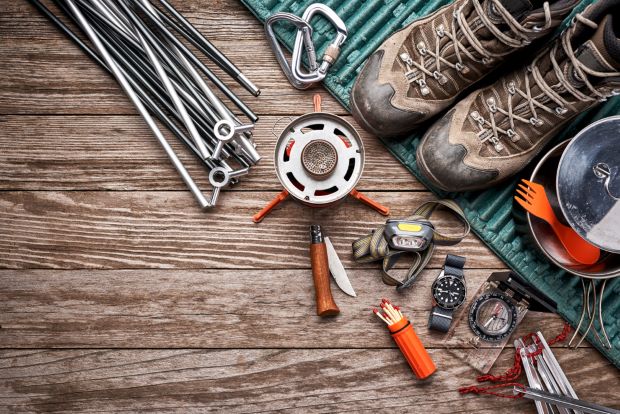
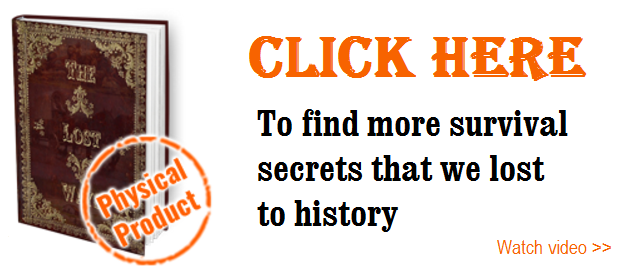
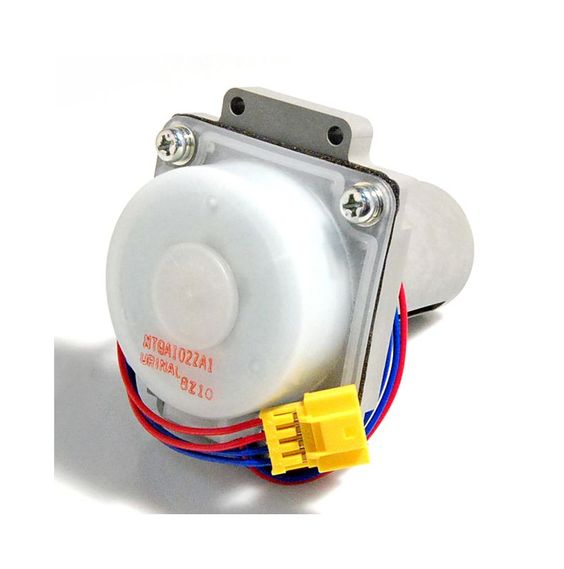
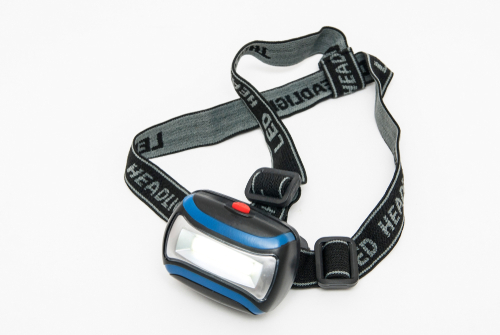
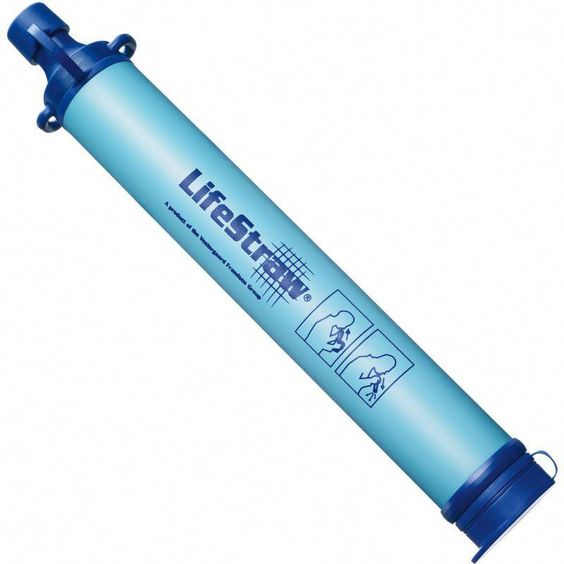
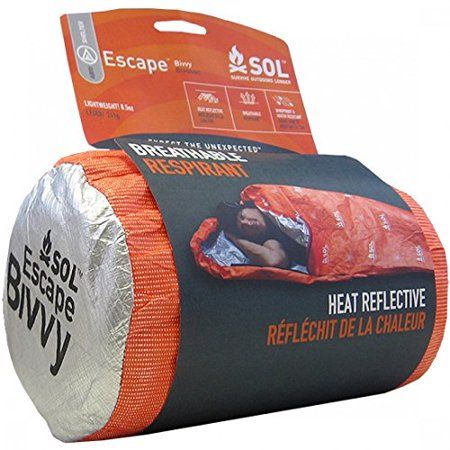
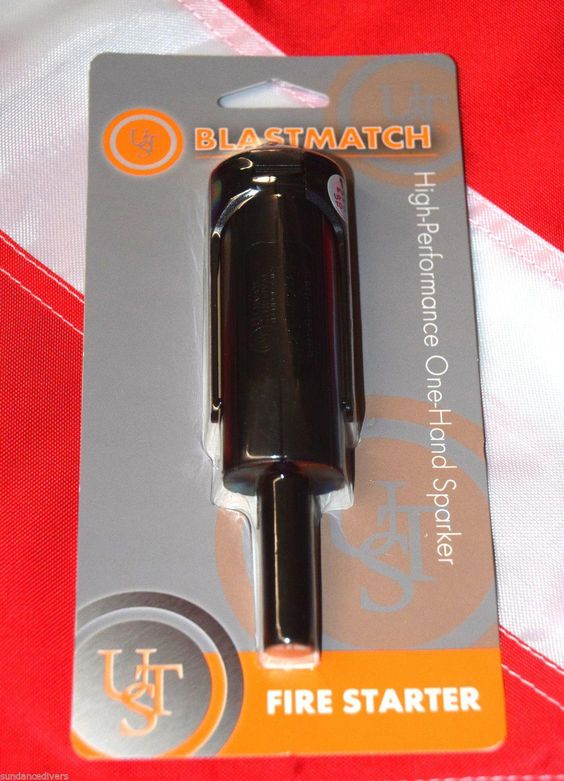

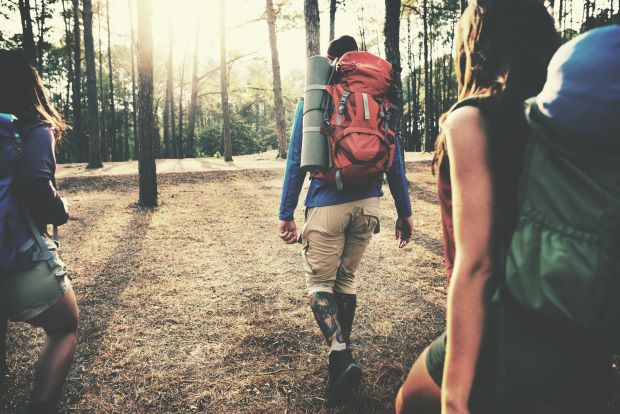












































Over all, a good article. I agree with most of the items you pointed out. I am skeptical of the hydropower units, but, that’s probably because I’ve never used one. Have to check them out further. The tube tent you mention is okay as long as your not in a wet environment, raining, sleeting. The ones I’ve seen have no way to close off the ends. I also do not agree with your impression of a ferro rod. I have started more fires using a ferro rod than any other method. And it will last you much longer than the other fire starting methods you mention with the exception of the blast match, maybe. But, isn’t the blast match just another version of the ferro rod?
SE products makes an “emergency” tube tent with end flap doors. Without end closure you are just going to be soaked in a rain, laying in a puddle and risking hypothermia. All in all a great article. https://www.amazon.com/SE-Emergency-Outdoor-Tube-Steel/dp/B008JFW6BY/ref=asc_df_B008JFW6BY/?tag=bingshoppinga-20&linkCode=df0&hvadid=&hvpos=&hvnetw=o&hvrand=&hvpone=&hvptwo=&hvqmt=e&hvdev=c&hvdvcmdl=&hvlocint=&hvlocphy=&hvtargid=pla-4584482455289663&psc=1
Great advice thanks for the tips and god bless you
Great tips and helpful god bless u
I have to wonder list like this that are both name brand and category. Are the people that write these kinds of list paid for or are they just not good and being consistent? Life straw is a name brand items as is Sawyer, so why not say a good quality filter like A and B brand? No multi-tool listed? Back Packing tarp but no example or brand recommended? I find these cool for items or product awareness but over all not quality journalism.
I have bought a boatload of UCO Stormproof matches and have them everywhere, but the problem with them is that the striker does not last long at all and if it gets wet, it is worthless. I already have them and they are paid for so I keep them for backup, but am shifting over to ferro-cerrium rods for primary fire starting. If your cotton balls get wet they will just dry out and be ready to go.